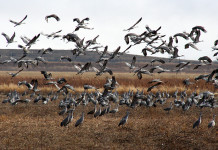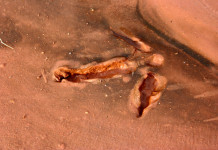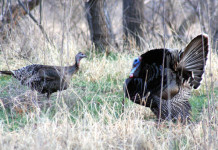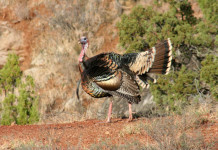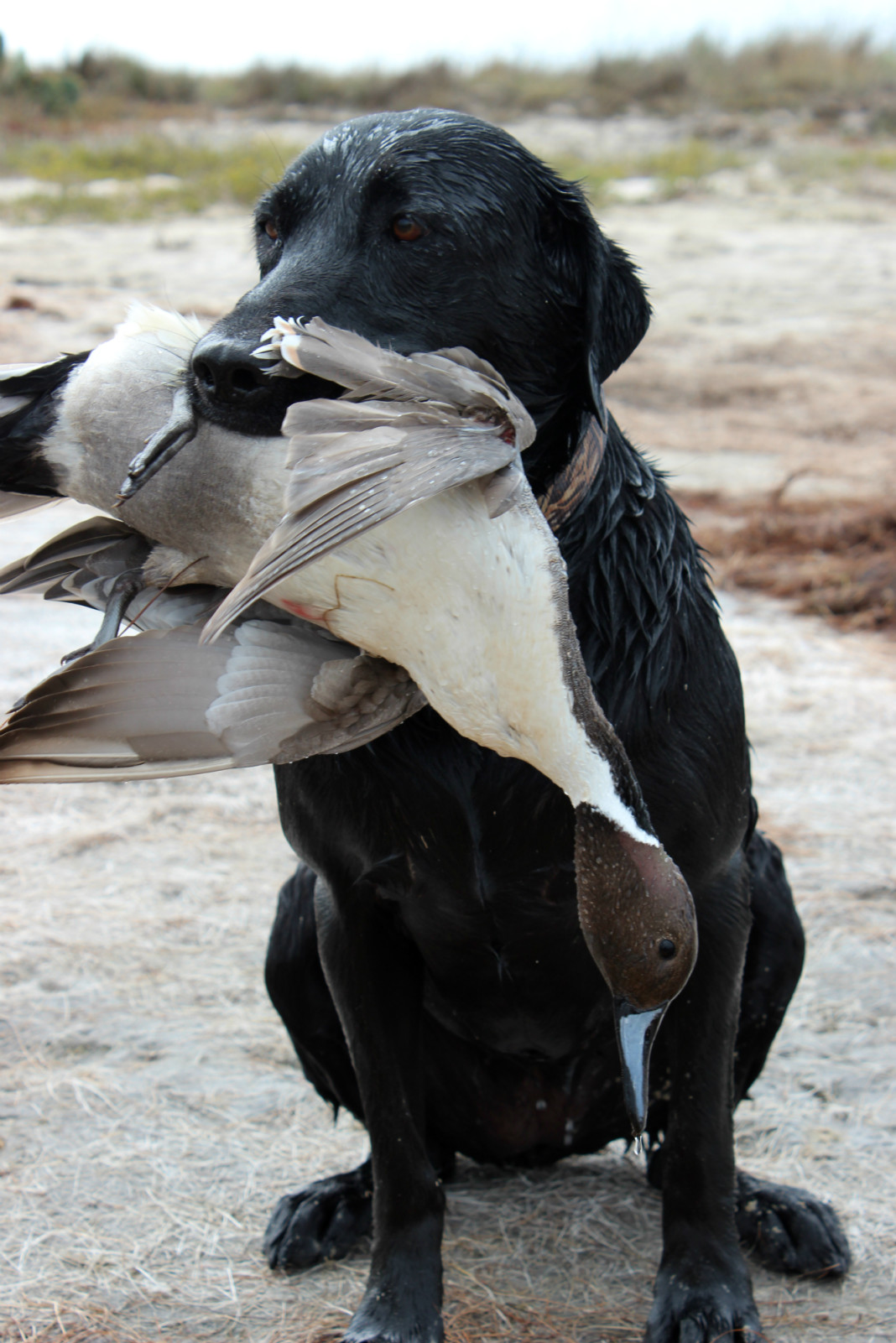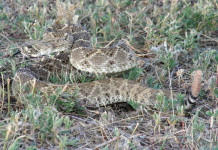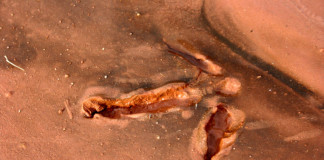From Panhandle playa lakes and Cross Timbers irrigation ponds teeming with rafts of mallards and wigeons to East Texas river bottoms lousy with wood ducks, the opportunities that come during fall and winter frameworks on the Central Flyway are second to none. The variety of Lone Star State waterfowl hunting locales is only upstaged by our distinct ecosystems, some of which feature the genuine possibility of encountering any of 10 species of duck on a given morning.
We’ve also got good bird numbers again this year, which always is a blessing. The U.S. Fish and Wildlife Service and Canadian Wildlife Service conduct annual waterfowl population surveys on the breeding grounds to monitor waterfowl populations, with the figure coming in at just less than 46 million birds during this year’s summer report. That 45.6 million number is still 33 percent above the long-term average, but is less than last year’s record of 48.6 million ducks.
Population estimates for eight of the 10 surveyed duck species increased or were at similar levels to last year, according to the study. Estimated mallard abundance was 10.4 million birds, similar to the 2012 estimate of 10.6 million birds and 36 percent above the long-term average. Greenheads always are a welcome sight in the late season and there should be plenty across the Rolling Plains, North Texas and East Texas this winter.
Blue-winged teal estimated abundance was 7.7 million. Although that was 16 percent below the 2012 estimate of 9.2 million, which was off the charts, the blue-wing population is 60 percent above the long-term average. Similarly, the green-winged teal estimate of 3.1 million is 12 percent below last year but still 51 percent above the long-term average. Hunters will be able to bag six teal during the early September season in Texas based on the overall abundance of the fluttering fliers. You may not see many teal during the late season, but if you do, they’ll be in big flocks, which doesn’t mean they’re any easier to hit.
The pintail estimate of 3.3 million was similar to the 2012 estimate of 3.5 million and was 17 percent below the long-term average. These birds love the Texas coast and areas such as Rockport, Port O’Connor and Baffin Bay will have rafts of them later in the season.
Estimated abundance of American wigeon was 2.6 million and 23 percent above the 2012 estimate and similar to the long-term average. These birds also like coastal climates, but typically can be found in good numbers in the Cross Timbers area, enjoying the solitude of stock tanks and farm ponds that are still around later in the year.
Surveys conducted each January during the past decade along the coast show that nearly 2 million ducks winter there each year, according to Texas Parks and Wildlife Department reports. Surveys of the High Plains region also show that more than a half-million ducks winter there annually, including more than a third of the pintails in the Central Flyway.
It’s still more than three months until fall waterfowl seasons begin, but thanks to solid production, hunters will be able to shoot as many as six teal daily during the statewide September teal-only season, which will run Sept. 14-29. The early Canada goose season also will run the same dates in the eastern goose zone with a daily limit of three geese.




